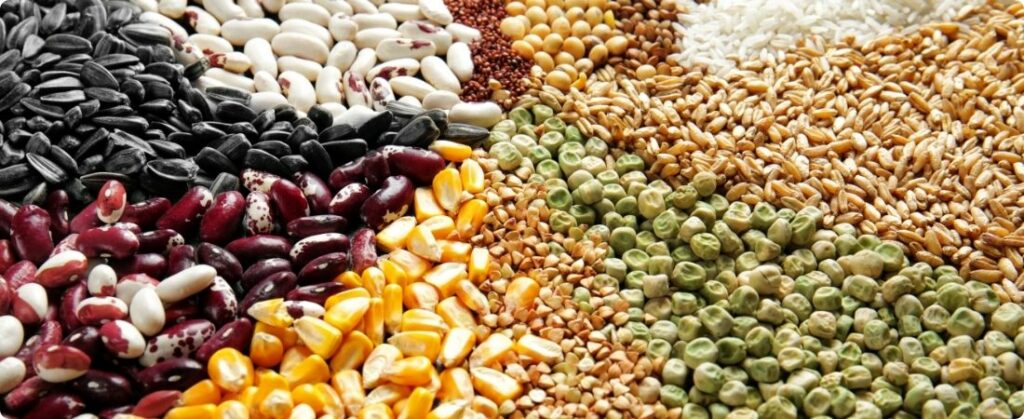
The intensification of protests has almost completely paralyzed the border between Ukraine and the European Union (EU), putting at risk one of the vital export lines of the unstable Ukrainian economy. The demonstration, supported by farmers across the bloc, is increasingly seen as an attempted revolt against EU environmental policy.
Images of cereals spilled from a truck near the Shehyni-Mediyka checkpoint, on the border between Ukraine and Poland, quickly went viral on social media, becoming a symbol of growing dissent on the economic and, consequently, political front. .
Politicians on both sides of the conflict are now expressing fear that the dispute over Ukrainian grain imports, widely publicized in the media, could weigh heavily on Europe's determination to continue supporting Ukraine in its attempts to resist Russian invading forces.
Conflicts and Competition: The Ukrainian grain crisis
“Ukrainian grains on the asphalt are not just a few dramatic shots,” said Ukrainian President Volodymyr Zelensky. “This is proof of how dangerous emotions can become.”
He warned that the border blockade leads to an “erosion of solidarity” between Ukraine and its Western allies. European farmers hope the protests will help produce the desired results, although the initiative lacks a unified position.
In Poland, agricultural producers emphasize unequal competition with Ukraine. While in France, farmers are protesting against food imports from non-EU countries in general. However, this is believed to draw the attention of EU decision-makers, who farmers say have ignored the sector's views on the Green Deal.
Despite rising yields in 2023, European producers are seeing their margins shrink, mainly due to falling prices in previous months. In 2022, cereal prices in Europe rose due to a shortage of Ukrainian cereals on the global market, caused by the Russian blockade. However, these fears have largely subsided during 2023, as have prices for some key agricultural products.
Source: Leonardo Gottems | agrolink










